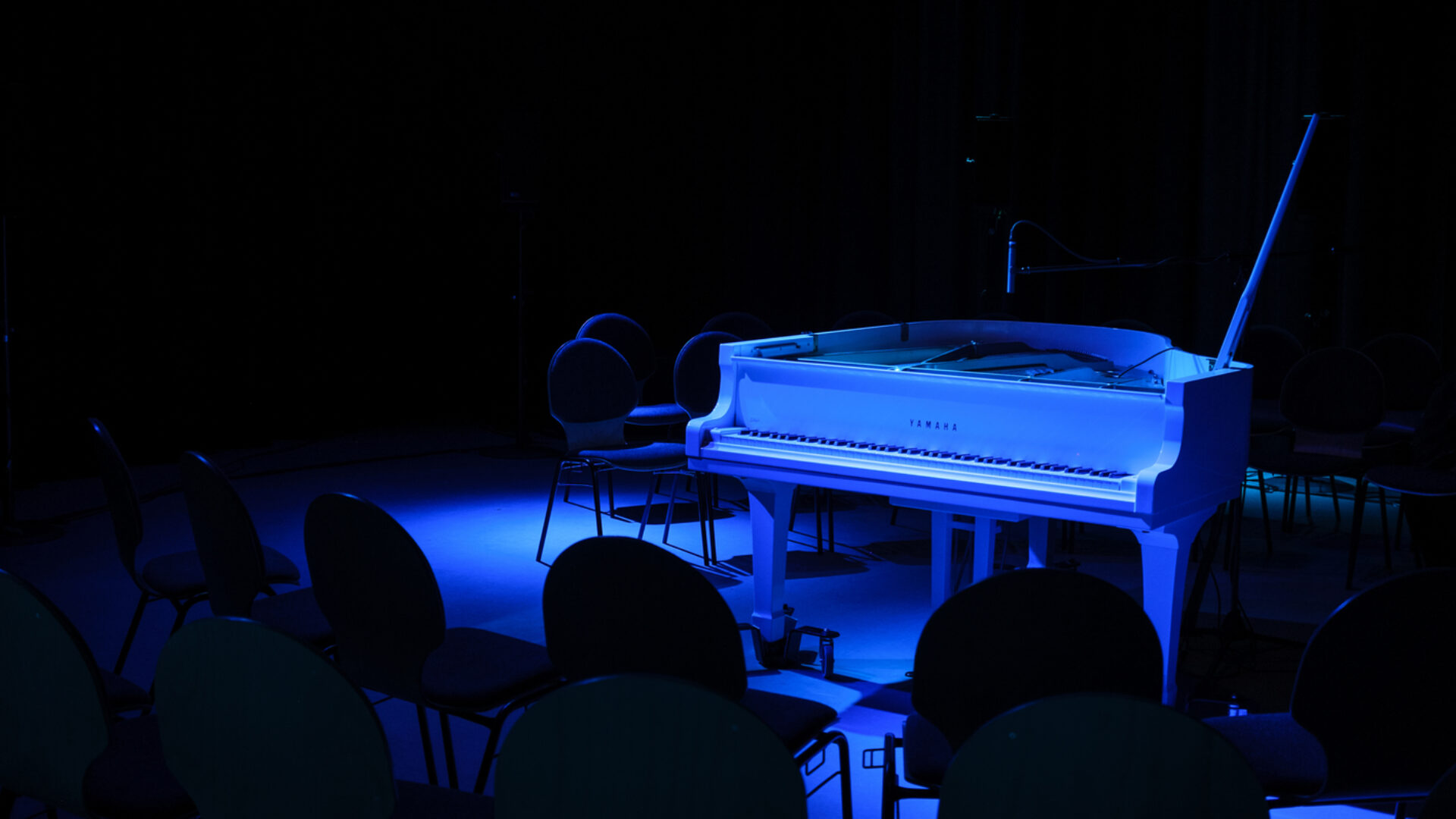These are the five proposed branch snippets of the second development period. Review them carefully and assign them preference points by filling the form. Leave your own snippet the grade 0.
comment: I decided to take advantage of the repetitive structures of “the beginning” and generate “window, formal microstructures” utilizing repetitions as places for musical distraction. The last “half-pressure harmonics” are connected with the “Linear morphing and transformation” from the concept reforming, deforming (ir)-regularities and I take advantage of them in order to develop a sense of organic linearity as a generalized contrast in the dramaturgical flow. The snippet is concluding by introducing some percussive, high-freq attacks which are also related to the “Mechanic deformation of rhythmic regularities”. My general goal was to deconstruct the fragmented character of “the beginning” and focus on organic development. I would also like to follow the voted concepts in order to maintain coherence and be respectful to the notions and fundamentals of a collaborative compositional process and its structural mechanism.
comment: The way I see it is that the previously selected snippet’s first 4 bars are the common point that we are deviating from. As proposed by the selected comment, I tried to go away form the collage-like opening and develop more each individual material as well as tried to merge diverse compositional voices. As a next step, I could see converting the first violin into descending col legno battuto cloud and other strings following (as was proposed in ‘on the continuation of the breathy airy lines’) which would lead to a frenzy of jumping between various elements exposed so far up to a point where they are no more recognizable, and this jumping between extremes becomes a new anamorphic texture on its own (which could also be interpreted as an entry to our new section).
comment: As a continuation, bringing another tutti part, transitioning the pitch to noise, sounded an interesting approach. We might be in need of various transition parts later, between these Snippets. But for this 2nd, one, I continued one of the examples from the “beginning”. The tempo fluctuations can change the energy of the material. I also combined that, with another material from the incubation phase, having a line, which is unstable and fluctuating between extremely noisy to very airy. The metallic sounds in percussion and in the super ball in bass drum create another type of this line. The whole snippet, follows the thoughts we have had about morphing.
comment: This snippet develops the materials A and B of the previously selected snippet. The A as an impulse of B. After the high sustained undetermined pitch of violin and woodblock A breaks into B. B then dissolves into silence. This gesture of attack (A) and resonance (B) is repeated in variations two more times. In the last variation, the motive of the glissando in B develops into the material from the bars 10-13 of the snippet (the beginning) in violin and cello, while contrabass and tam-tam with superball sustain a complex sound. In the bar 27, the frequencies are high and undetermined, the rhythm marks the breaking points of the glissando. The possible continuation is to develop the glissando in relation with the sustained complex sound of cb. and perc. I took the material from the selected snippet and developed according to the selected structure. Additional material elements from “transformation from noise to trills”
comment: Starting with the last measure of “The beginning”, this snippet subjects the original material to a process of convergence. This occurs by a process that may best be described as “contagious”: while structurally taking the segment “da capo”, the materials of B and C start to infect the original A. Simultaneously, the measures in which A appear suffer a double anamorphosis: bars 1 and 2 are gradually expanded (2/2 becomes 2/2+1/8, 2/2 +1/4, etc), while bars 7 to 9 are gradually compressed. Finally, the tension between these two process collapses in a quick metamorphosis, when the snippet comes to the “Arrival point”: a material which integrates A, B and C in a stable (but not static) manner. The segmented nature of the original snippet is dissolved.
